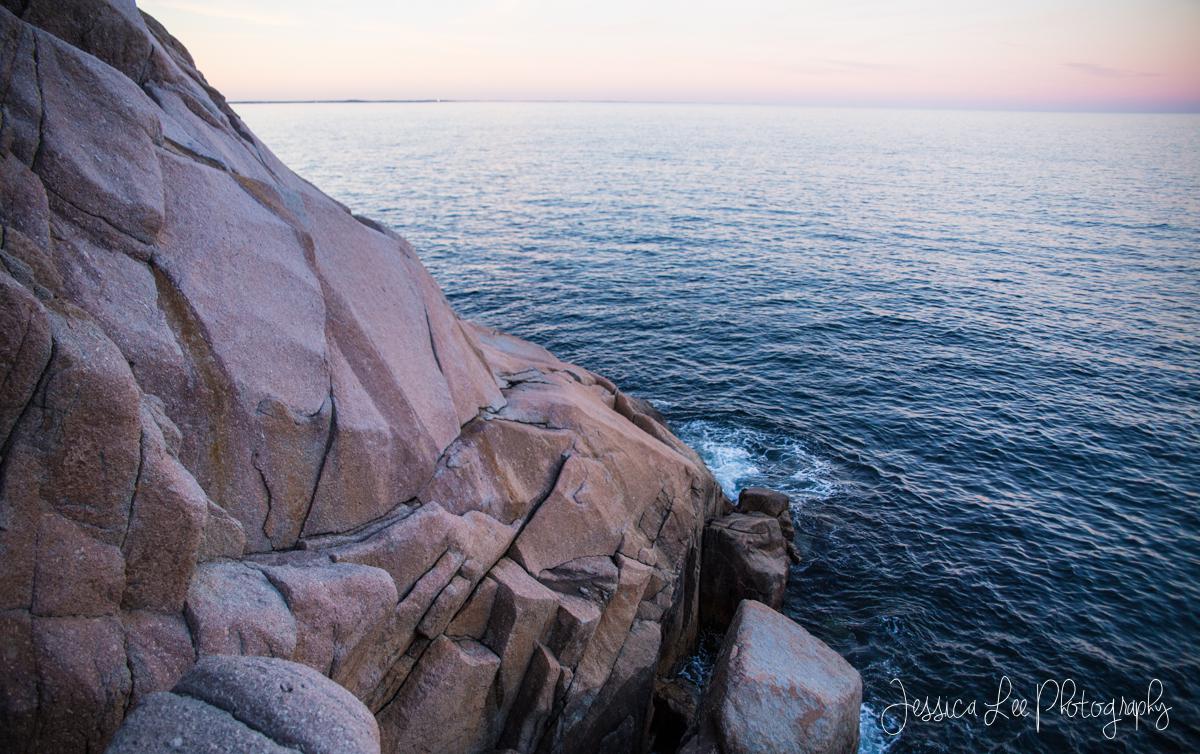Halifax, Nova Scotia’s Maritime Museum
written by Jessica Lee

Halifax, Nova Scotia, is a quaint little maritime city on the Eastern shores of Canada. Driving around the city, it is obvious that Halifax is a sea-faring destination- lobster and seafood menus are aplenty at restaurants, there are various nautical decorations around town and one is never too far from the beautiful coastline. Yet many are unaware of the heavy maritime history this city possesses.

While many tourists go to Nova Scotia to see the famous landmark lighthouse at Peggy’s Cove nearby, my favourite “hidden gem” in Nova Scotia would be the Maritime Museum of the Atlantic, located in the core of the downtown waterfront. While I enjoy sailing, boat life and nautical history; non-sailors can also appreciate the exemplary effort the museum has put into curating its various exhibits.
The museum has an impressive small craft gallery filled with many different types of boats and catamarans from varying time periods. All kinds of sailboats, made from wood to fiberglass are on display for visitors to compare and contrast. After taking a look at the small craft, guests of the museum are also invited to step aboard the larger boats docked at their port outside.

On Tuesdays during the summer, the small craft gallery also hosts free music performances by local artists. The museum also happens to boast the largest collection of ship portraits in Canada and houses a library filled with over 20,000 nautical photographs. In addition to showing guests artifacts, the museum places a huge emphasis on educating the public on maritime history. There is an exhibit on the Titanic, various ship voyages, the naval history of Canada and the Halifax Explosion.
In 1917 during the First World War, Halifax was also the site of the largest man-made explosion pre-Nuclear explosives. The explosion occurred when two ships, the French SS Mont-Blanc and the Norweigian SS Imo, collided with each other while delivering needed supplies to the war efforts in Europe. At the time, the explosion made headlines around the world, yet today it barely stays in the Canadian consciousness or even makes a mention in high school history classes. When the two ships collided with each other, there was a huge fire on the SS Mont-Blanc, which, was filled with highly explosive materials needed for warfare. Approximately 2,000 people were killed by the impact and an estimated 9,000 were injured. The museum makes a detailed effort with diagrams, multimedia and artifacts in educating the public about one of history’s most tragic accidents to take place on a Canadian coast.
Another, more famous incident that took place near Halifax was the Titanic accident, made popular by the blockbuster James Cameron film of the same name. The RMS Titanic was a British passenger ship which sank on April 15, 1912, after crashing into an iceberg on its way from Southampton, UK to New York City, US. At the time, the Titanic was the largest passenger liner, carrying 2,224 people including crew on her maiden voyage. A large portion of the wreck can still be found off the shore about 600km from the coast of Newfoundland. The wreck was closer to Newfoundland but Halifax was the closest city to the disaster site with direct rail and steamship transportation at the time. The survivors of the incident were received in New York City while Halifax ships CS-Mackay-Bennett and CS Minia recovered the bodies of the dead. Halifax would be the burial ground for many of these passengers that did not reach America.

Being that Halifax was the city that recovered a lot of the carnage left behind from the Titanic tragedy, the museum has a large collection of items from that wreck such as the original woodwork from one of the galley’s to a little girl’s pair of shoes – each piece of history tells a story of the lives involved.
Yet not all the stories at the Maritime Museum in Halifax are of tragedy, one display tells the story of the first man (a Nova Scotian) who sailed across the world by himself successfully. Another story is of William D. Lawrence, the man who built the largest wooden-hulled ship in Canada, which was launched in Maitland, Nova Scotia in 1874.
The Maritime Museum is definitely one of the highlights of Halifax and would be the perfect introduction to getting to know the history of the city. Afterwards, head out on a whale-watching tour, or see the historic Bluenose (yes, the ship on the dimes of Canada) in Lunenburg.
Written by Jessica Lee
Jessica Lee is a photojournalist and world explorer born and raised in Toronto. She has swam in the Great Barrier Reef, travelled by camel through the Saharan Desert, climbed a mountain in Indonesia and photographed the Northern Lights in Iceland. When she is not capturing moments or sorting through them in a coffee shop, you can find her climbing on rock or sailing at sea. Follow her on her adventures atwww.jessicawritesatravelblog.com
Twitter: https://twitter.com/jessicaology
Instagram: https://instagram.com/adventuresofjessicalee/


